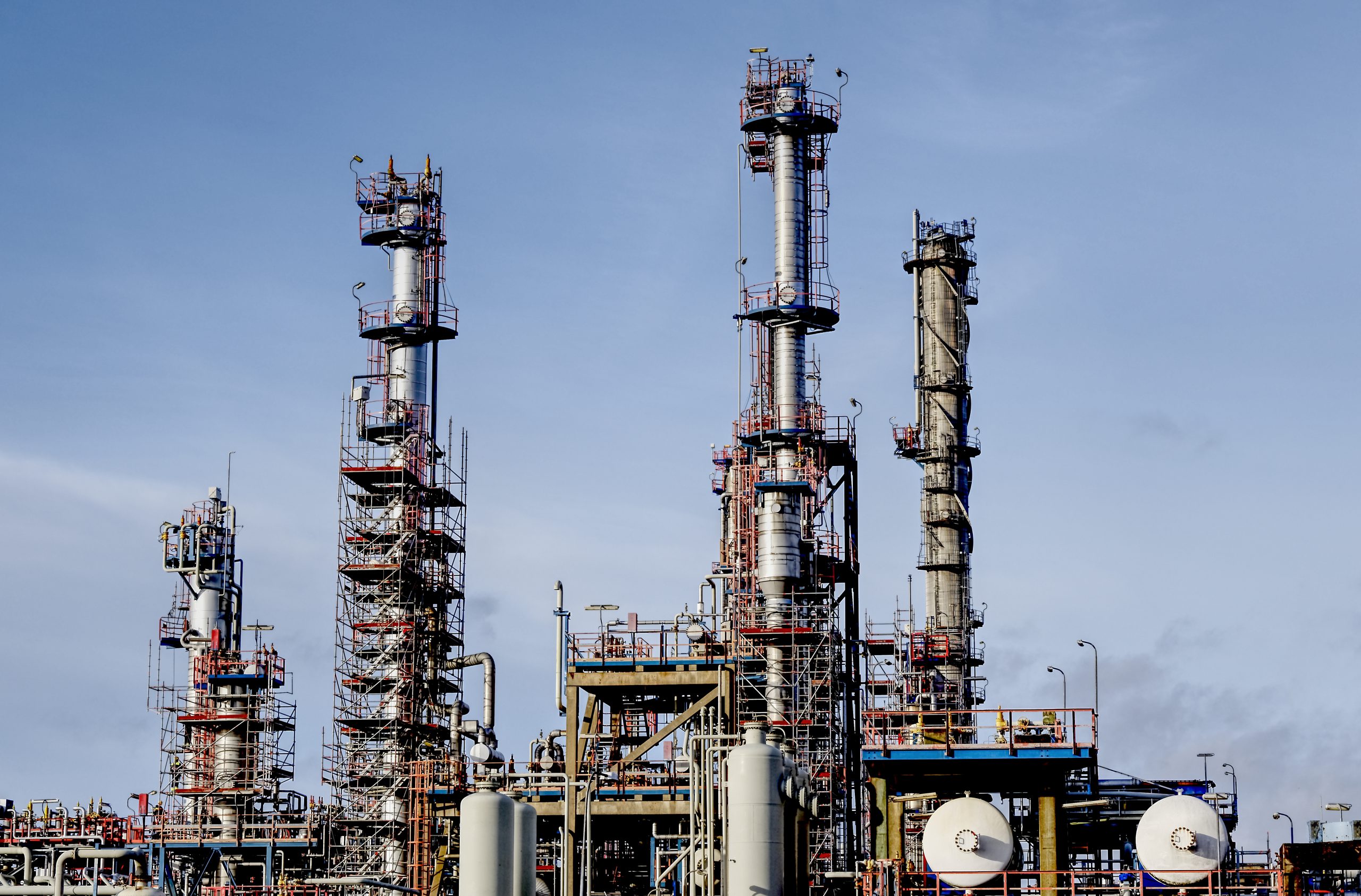
Why should water consumption be rationalized in the industrial field
The industrial field is the second most consuming water in all countries of the world. Therefore, it is necessary to search for solutions and techniques to rationalize water consumption in the industrial field.
Where it was found that 20% of the freshwater used globally goes to industrial use. While 10% goes for domestic or municipal use and 70% for agricultural consumption. This percentage is affected by the country’s industrial progress, of course. In African and some Asian countries, this percentage drops to less than 10%, and in developed countries. It rises to double – and sometimes double this percentage. This percentage is expected to increase as a result of population increase and industrial development globally, especially in Asian countries. It is expected that water consumption in the industrial field will increase to double the current amount is less than 15 years from now. This is not surprising, as the same demand has tripled in the past 50 years only.
Water uses in the industrial field
Industrial water use can be divided into two main parts:
Simple use “does not change the chemical composition of water”:
It is represented in the use of water in electric power plants. Where water is mainly used for cooling, and this represents approximately 50 percent of the water consumed industrially.
Using a compound that “changes the chemical composition of water by adding pollutants to it”:
It produces polluted water such as petrochemical plants, mines, leather, and others.
Industries that mainly consume water
- For products that consume large amounts of water. There are many, including paper products, which consume an average of 324 liters of pure water to produce one kilogram of paper.
- The steel industry is also a voracious consumer of water, as producing one kilogram of steel requires the use of 95 liters of water.
- Among the industries that are greedy for water is also the electronics and soft drinks industry, where 500 liters of water are used to produce a 2-liter bottle of soft drinks! Domestically, the average Saudi industrial consumption is less than 100 cubic meters per person per year. A rate is much lower than the same figure in Europe and America, which exceeds 500 cubic meters per person annually.
The reason for the low waste of water used in the industrial field in Saudi Arabia
It may be due mainly to the quality of the industry that exists. The Saudi industry as a whole is a petroleum/petrochemical industry, and these industries are not very greedy for water. Researchers estimate that producing one liter of gasoline, for example, requires about ten liters of water.
How can this consumption be reduced or rationalized?
Investing in non-vulnerable water industries seems a logical solution. But things are not so simple, industrial investment is based on interest or financial returns only, without regard – mostly – to the environment or natural resources. If possible, it is good. If it becomes difficult, then ground or surface water should not be used as a direct source for industrial use. Rather, it must go towards the sea or use treated wastewater. Here lies the importance of building a water treatment plant, especially sewage. With Care water, you can get the design of a water treatment plant suitable for your plant needs with the latest tools with long experience in design, construction, and maintenance, you can order it from here.
Therefore, the existence of a comprehensive water policy to reduce unfair consumption is of paramount importance to ensure the continuity of the factories themselves. Rather, it is the only solution to ensure the survival and development of the industry.
Preserving water resources from pollution
Finally, besides focusing on reducing industrial consumption of water. It is also important to be aware of the danger resulting from dumping industrially used water into the sea or even into the ground. Researchers estimate that 70 percent of the water used industrially in (Third World) countries is dumped into water bodies without any treatment. And that 400 million tons of various toxic pollutants annually find their way into the water. Unfortunately, the majority believe that the sea or the layers of the earth have the ability to treat toxins and chemicals in industrial water and dismantle them permanently, and this is not true.


























